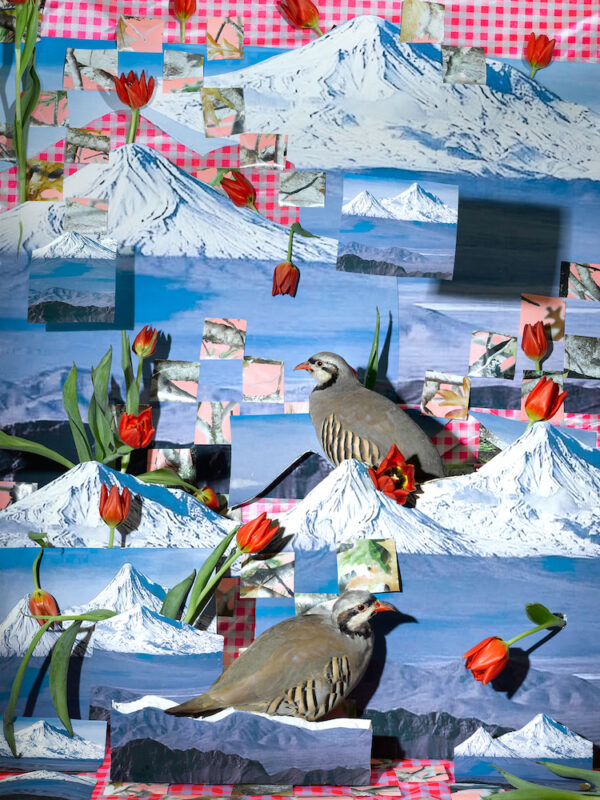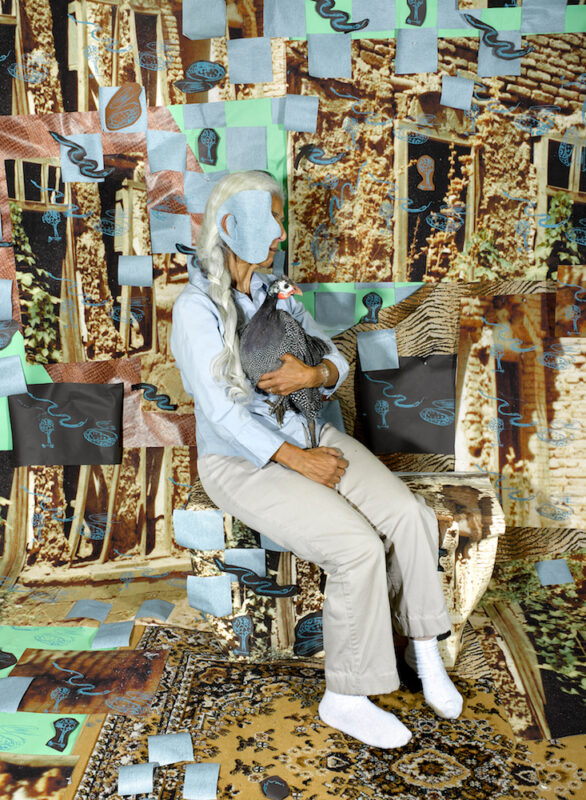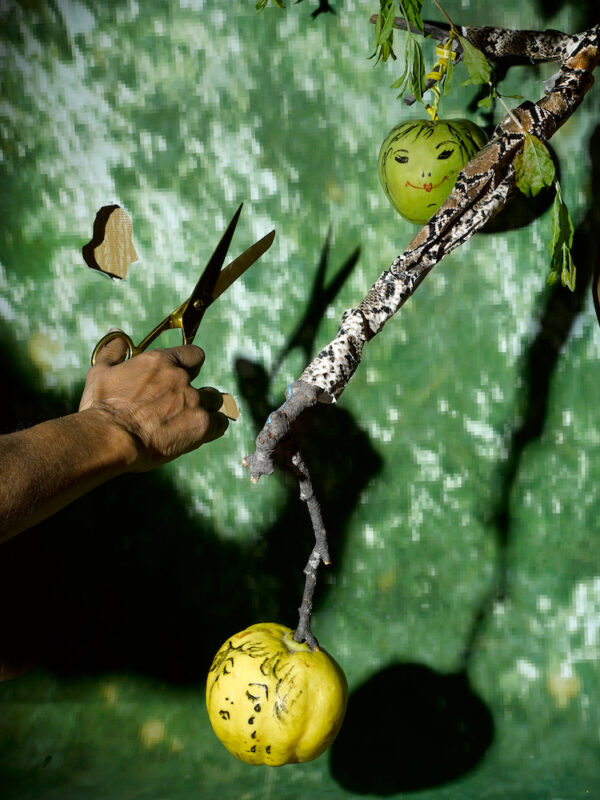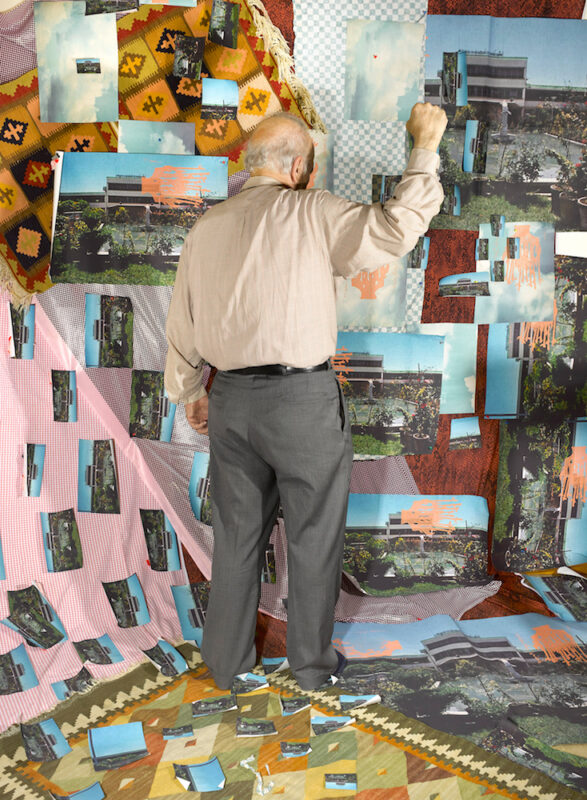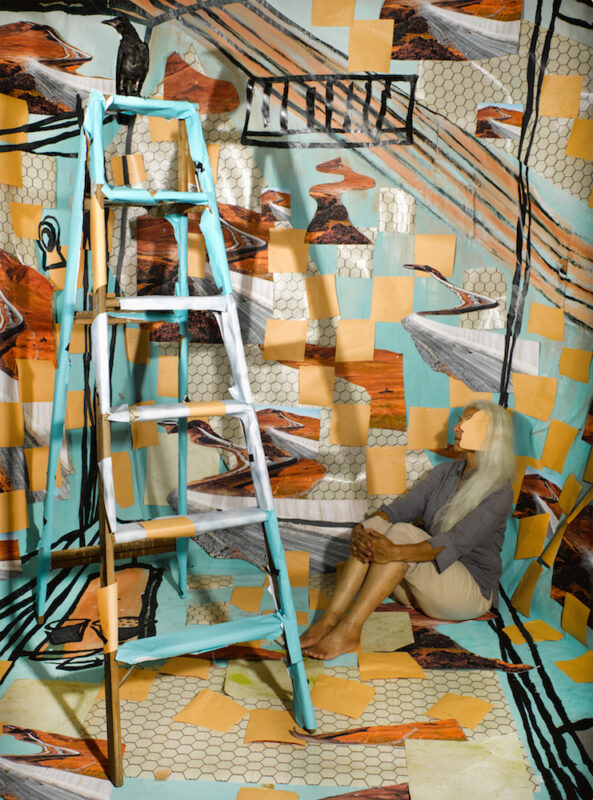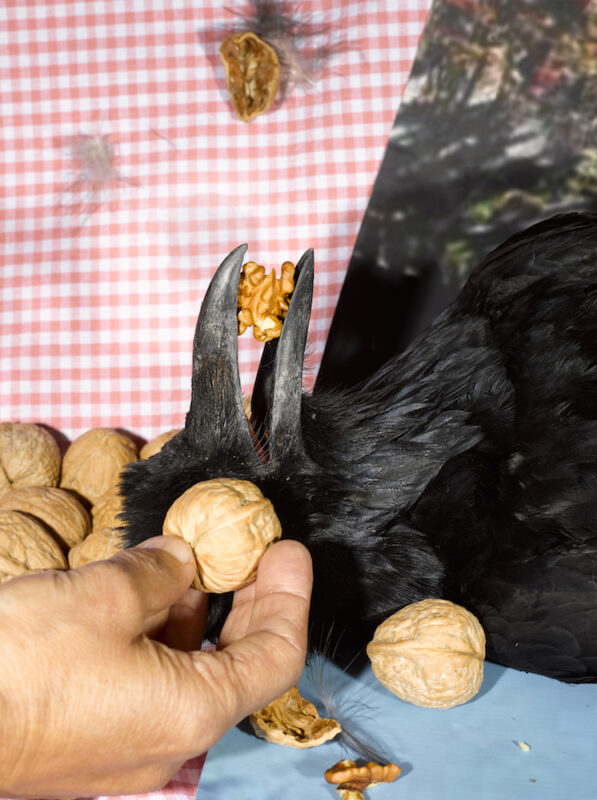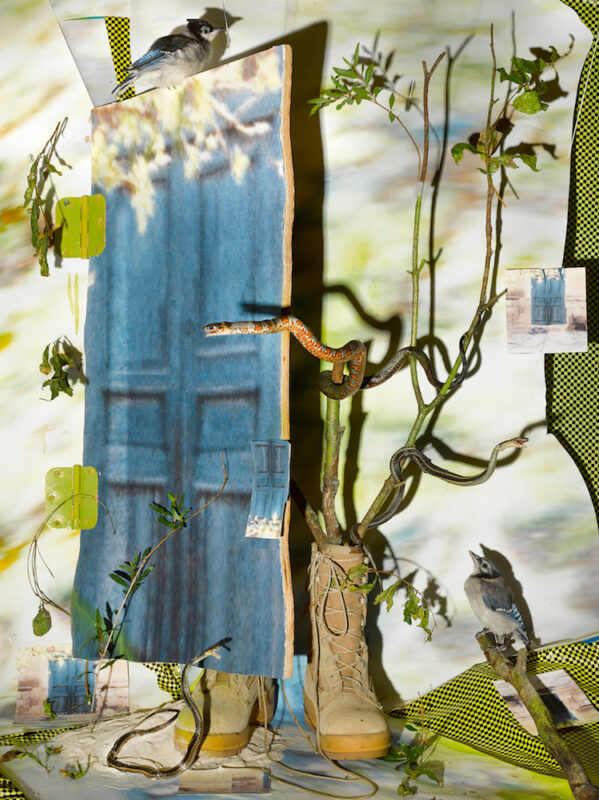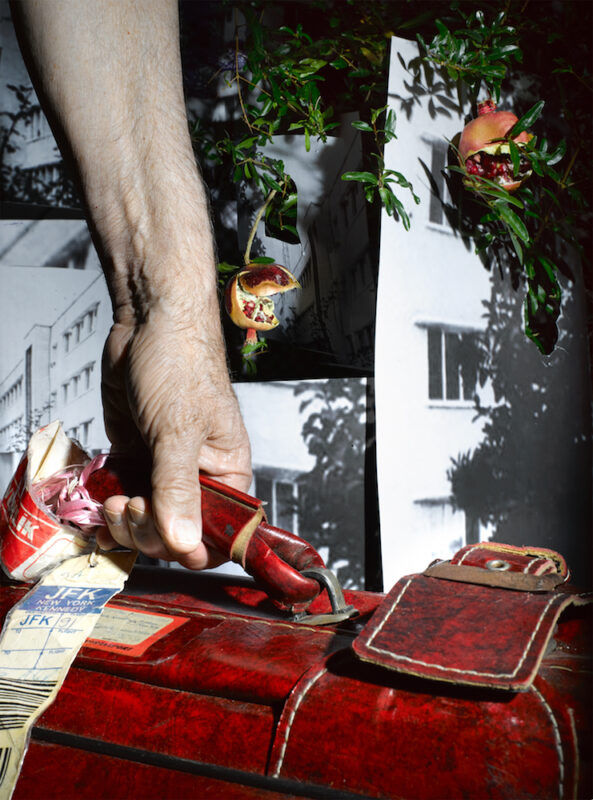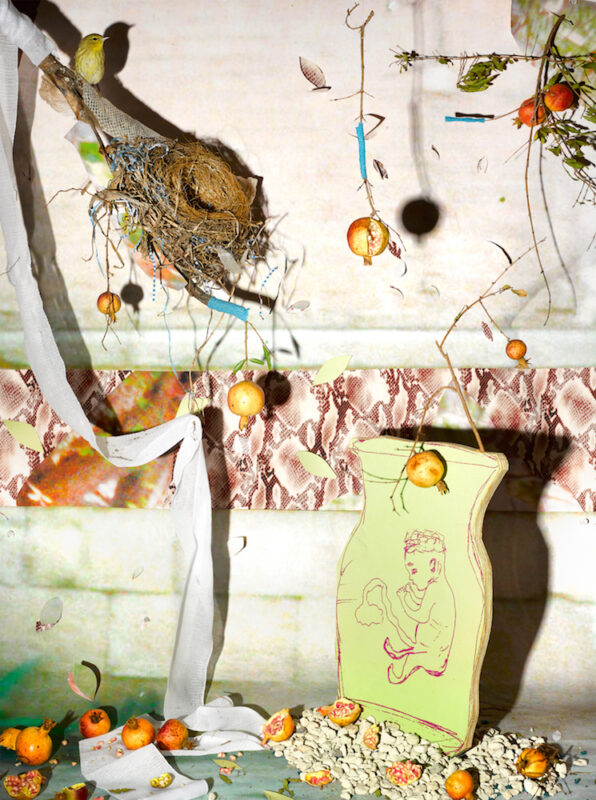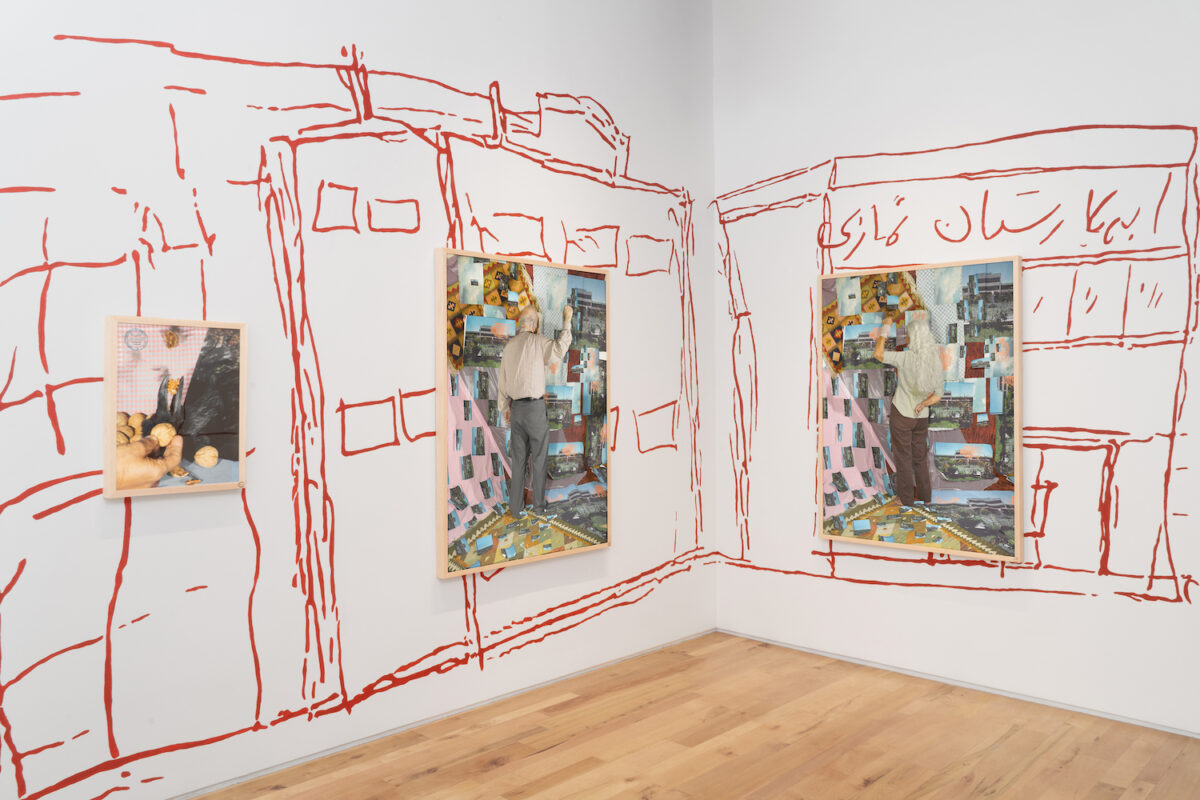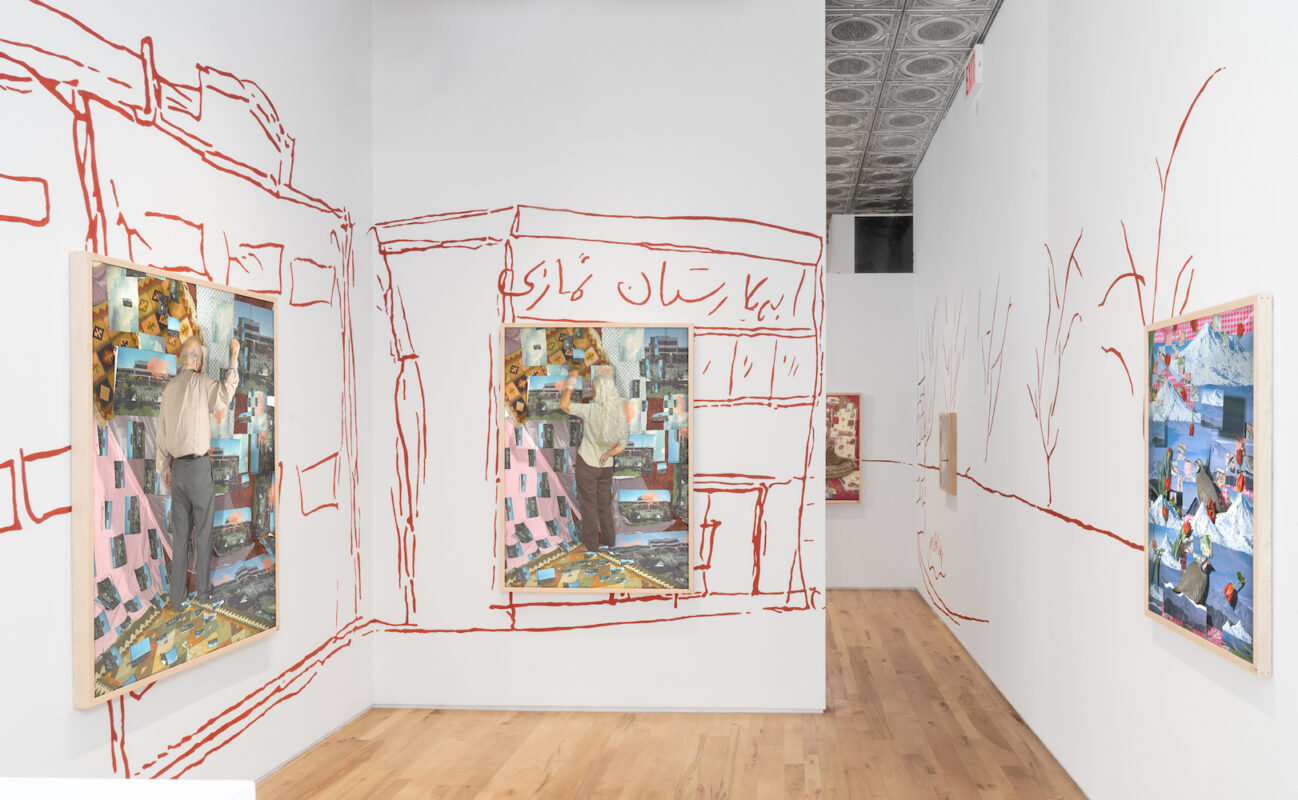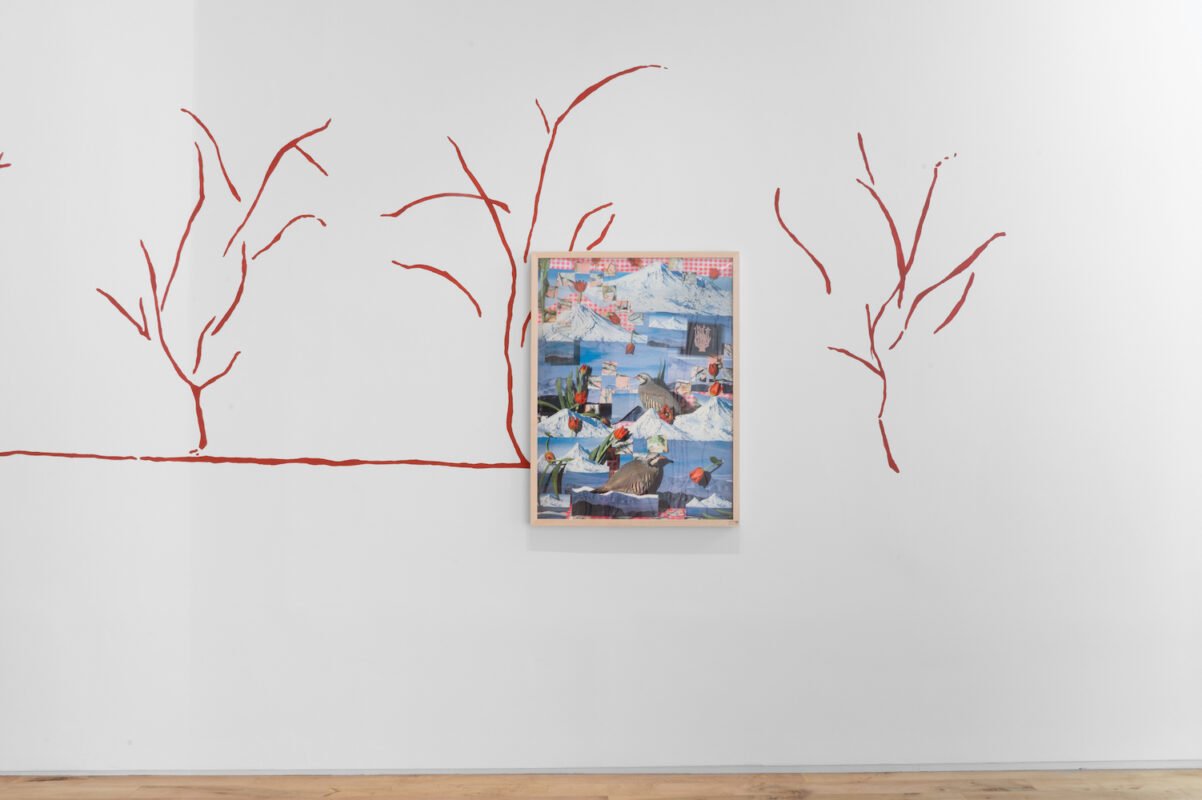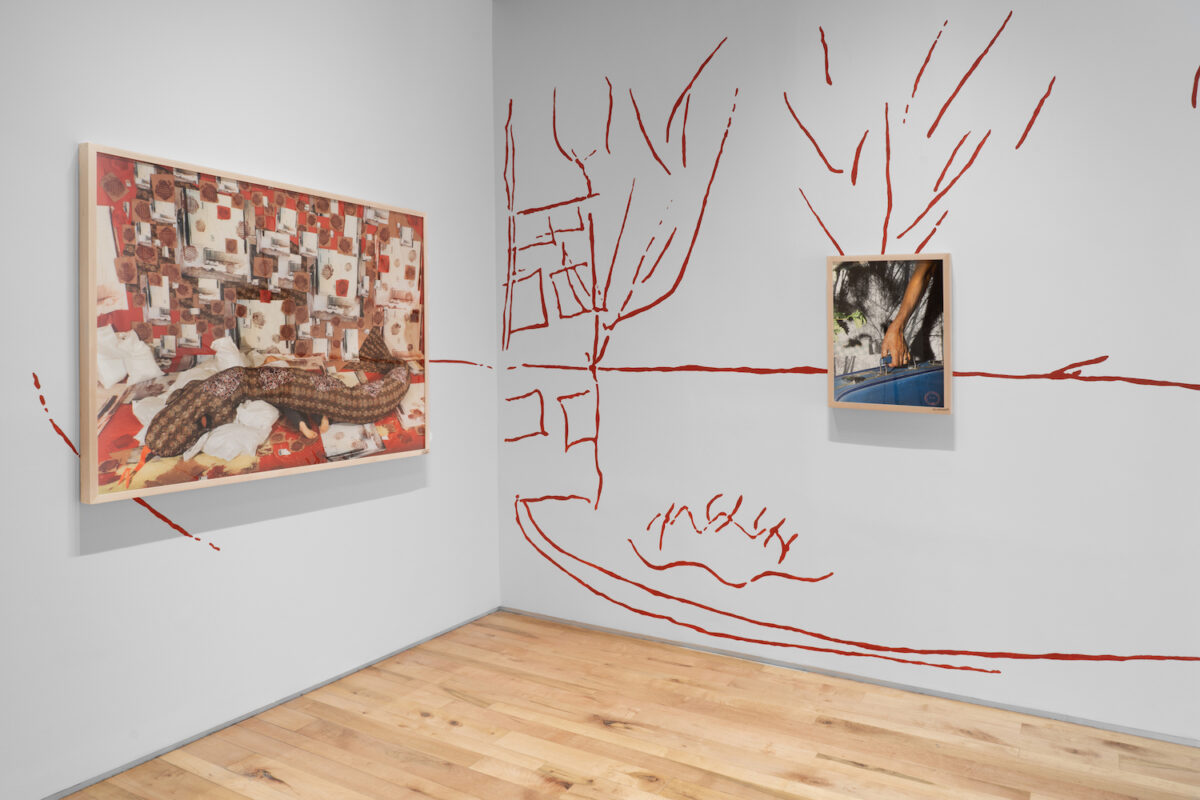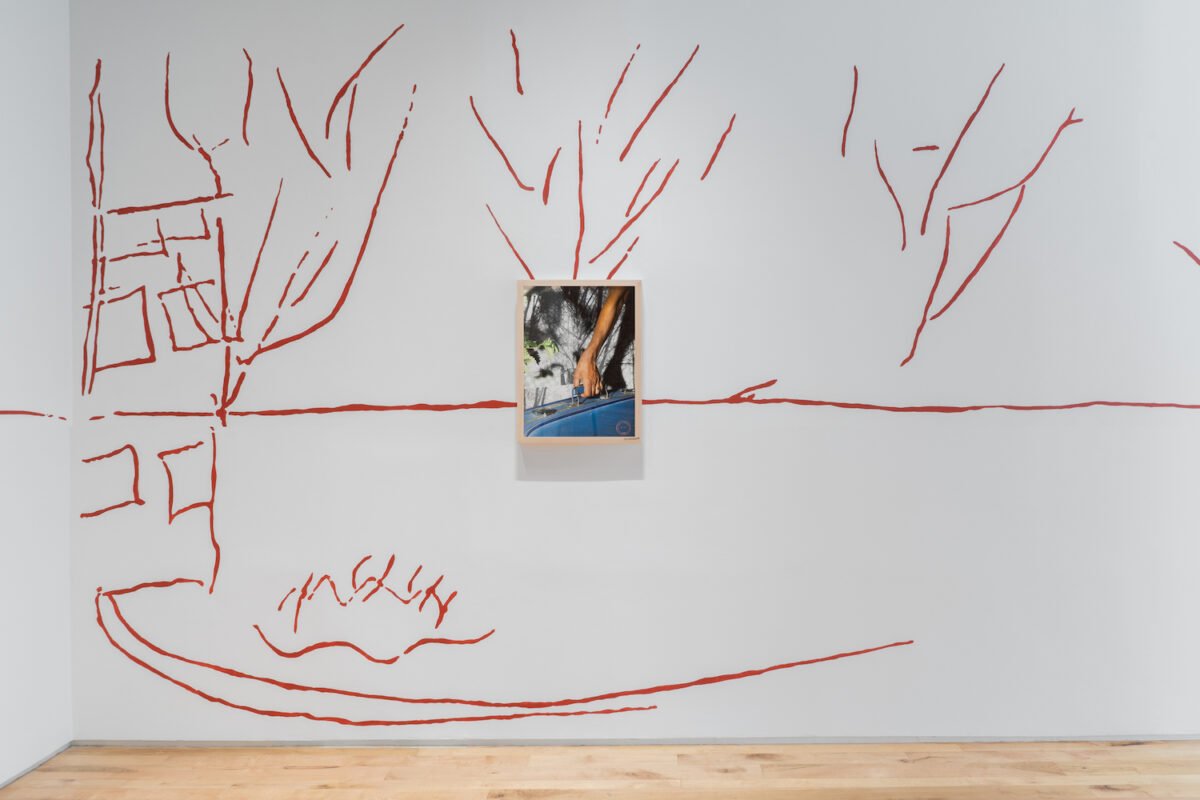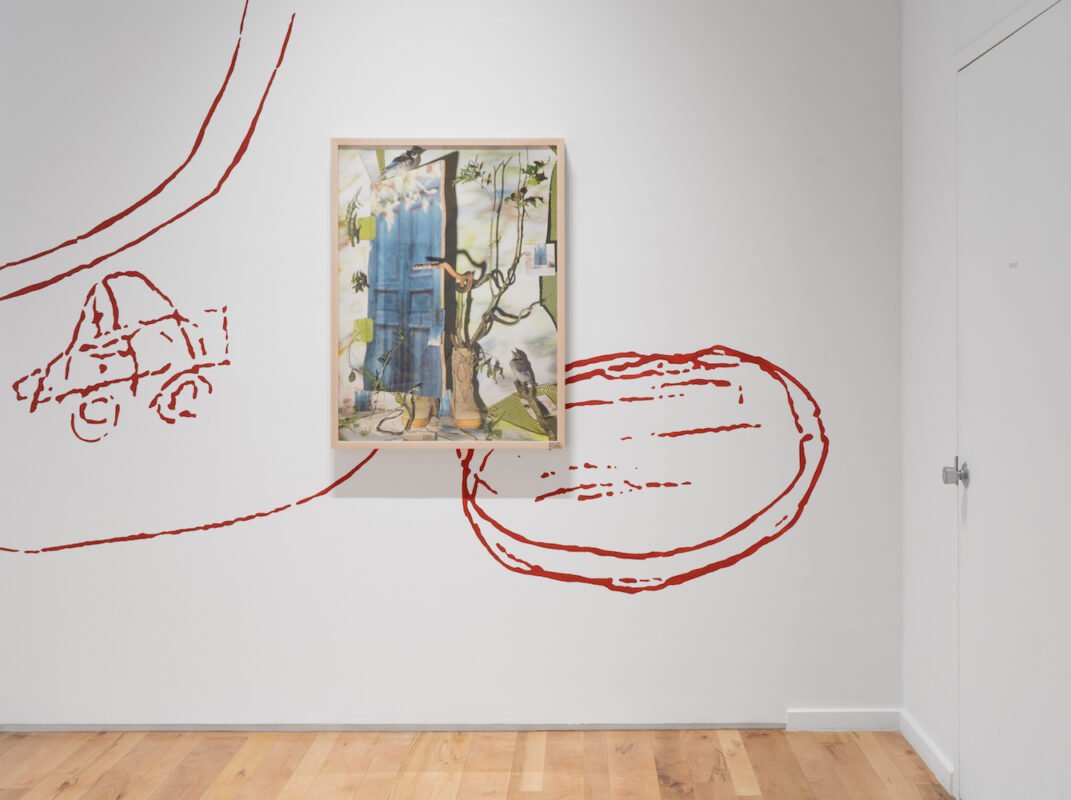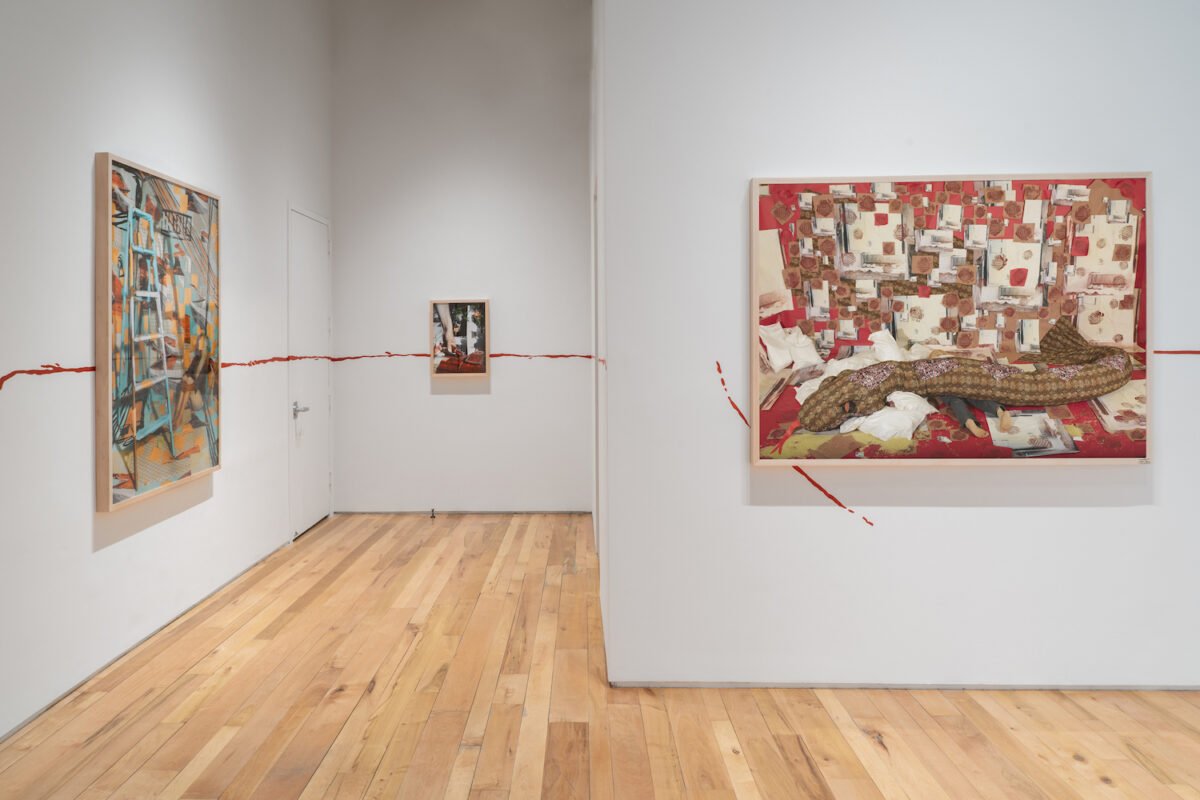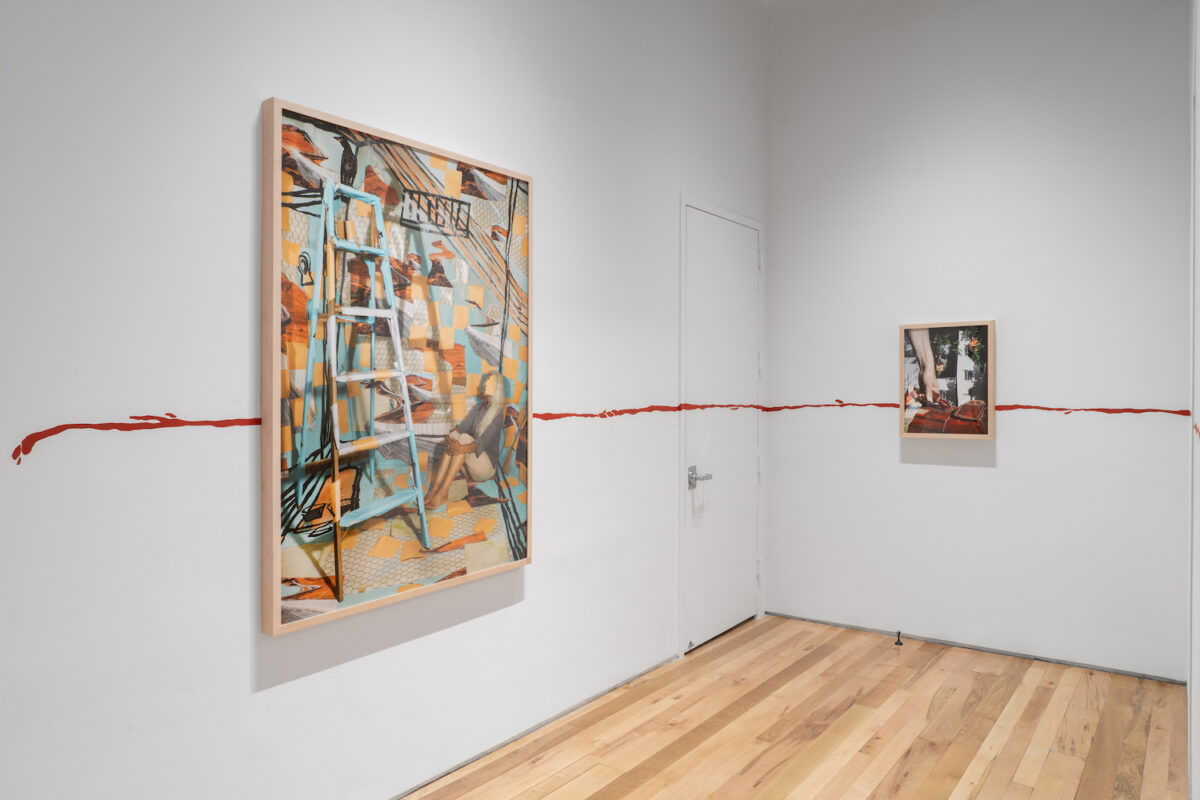Carmen Winant
The Last Safe Abortion
Book review by Gem Fletcher
Carmen Winant works to counter the ways anti-abortion movements and the far right have made punishing attempts to control and dominate women’s bodies and reproductive rights. The Last Safe Abortion, published by SPBH Editions and MACK, focuses on the near 50-year period in which abortion was legal in the US (1973–2022), and presents a selection of photographs that employ Winant’s signature strategies of proximity and volume with radical effect, Gem Fletcher writes.
Gem Fletcher | Book review | 6 June 2024
On 30 April 1965, Lennart Nilsson’s portrait of an 18-week-old human foetus appeared on the cover of Life Magazine in a story called “Drama of Life Before Birth”. Over 18 pages, the Swedish photographer, often credited as the first person to photograph embryos, presented a sequence of foetuses at various stages of development, floating in a constellation of amniotic fluid. The actual drama of this ‘unprecedented feat’ in photography was that Nilsson’s images were operating under the pretence that the foetuses were alive when, in fact, they were not. His foetal pictures, posed and backlit, were only made possible because the pregnancies had been terminated to save women’s lives.
This irony is lost on the anti-abortion movement who, since the 1980s, has weaponised Nilsson’s photographs in our cultural imagination – not as feats of science as he intended, but as visual propaganda – pushing a fiction that embryos are autonomous entities, independent from the birthing bodies that made them. What is missing from both Nilsson’s images – the mothers likely never gave their permission for their lost children to be imaged or reproduced – and the visual tactics of the far right is care. In their punishing attempts to control and dominate, there is no care for ethics, no care for the truth, and most pertinently, no care for women.
It’s this visually inculcated misinformation campaign that Carmen Winant sought to interrogate in her new title, The Last Safe Abortion, published by SPBH Editions and MACK. Focusing on the near 50-year period in which abortion was legal in the US (1973–2022), the book presents care as an agent of change, told through the advocacy and community building of abortion providers across the American Midwest. Building upon similar strategies in her previous books, My Birth (2018), Notes on Fundamental Joy (2019) and A Brand New End: Survival and Its Pictures (2022), Winant intends to fill a void in our visual lexicon whilst inviting the viewer to think about how pictures can function, not as documents, but as tools for social change.
Winant is an artist who has had a stake in the fight for reproductive justice long before the overturning of Roe. As a teenager, she volunteered as a clinic escort, started a pro-choice club in high school and was an active agent in advocacy work in Philadelphia. Returning to the subject in her practice, the challenge was if and how she could transmute these political commitments into art-making. What did the intersection of photography and abortion care look like? And what potential could looking yield?
The project started slowly in Cleveland after Winant made the two-hour drive from her home in Ohio to Pre-Term, one of the longest abortion care providers in the state. Upon arrival, she discovered the clinic’s archive of photographs, slides and negatives living in banker boxes, piled high in cupboards and stacked on shelves. The images – many of which had gone undisturbed for decades – show clinic staff sterilising medical equipment, answering phones, re-enacting procedures and attending fundraising events. These women harnessed image-making as an educational tool to demystify reproductive health and put patients at ease with no step deemed too small or unworthy to photograph. After Pre-Term, the work began to expand as Winant interacted with dozens of personal, organisational and institutional archives across the Midwest, many of which she visited multiple times, building relationships with staff and tracing their histories. Between 2019 and 2023, she scanned and collected thousands of 4×6 images, each playing an incremental role in the struggle. In addition, for the first time in decades, Winant made pictures herself, determined that the inventory of care she was collating reflected the contemporary moment, as clinics fight to survive and serve their communities post-Roe.
As an object, The Last Safe Abortion feels more akin to a family album than a typical photobook: spiral bound, softback and accessible. Images are mounted on bright coloured hues mimicking the vibrancy of community notice boards and the librarian’s preferred process of archival scanning. Whilst the material quality of the book is simple and pared back, proximity and volume – Winant’s signature strategies – are employed with radical effect. Over an abundant 170 pages, we experience an uninterrupted flow of this visual material, only sporadically breaking pace to present multiple frames of the same moment to slow the viewer down and encourage them to linger. The result is a disarming and profound encounter with care and solidarity en masse – a powerful antidote to the endless violence that dominates our visual lexicon.
What does care look like? It’s a difficult question to answer because we feel it more than we see it, and care work is quiet and incremental. In the context of the abortion care work, care happens behind closed doors, in waiting rooms, on the phone, around the bed in the operating theatre and in the recovery room. It is remarkably undramatic and visually mundane, yet both life-changing and life-saving. This dissonance gives the project its potency, not just within its context of the women who have dedicated their lives to the work of reproductive justice but as a critical probing of photography and its values.
Unlike photography’s tradition of one revered author, the visuality of this work is the sum of many people, including but not limited to Francine, Chrisse, Sri, Colleen, Deb, Beth, Gayle, Tammi, Barb, Jackie, Carol, Theresa, Harriet, Marge, Jennifer, Karen, Adele, Sunita, Terel, Gina, and Brenda, Gwenne, Dorothy, Cynthia Doleres and Jean. Their unseen labour, made visible by Winant, builds upon a legacy of feminist movement strategy, disseminating information and care for women by women, made possible by a deep commitment to intergenerational interdependence.
The role of artmaking as a political tool is something Winant makes clear she is still grappling with in her essay at the book’s close. She writes: ‘It occurred to me that building relationships was the point of the work rather than its subject. What if my work was reciprocal rather than extractive?’ Like the body of work at large, these ruminations sound simple yet offer urgent perspectives about how pictures are made, who gets to make them and how we assign cultural value to photography. The Last Safe Abortion leaves you wondering what would the world look and feel like if the images of violence and trauma being circulated at great velocity were replaced with models of care, collaboration and tenderness? ♦
All images courtesy the artist, SPBH Editions and MACK. © Carmen Winant
The Last Safe Abortion is published by SPBH Editions and MACK.
—
Gem Fletcher is a writer, consultant and podcaster. Her work has been published in Foam, Aperture, Dazed, Creative Review and The British Journal of Photography. She also hosts The Messy Truth podcast, a series of candid conversations that unpack the future of visual culture and what it means to be a photographer today.
1000 Words favourites
• Renée Mussai on exhibitions as sites of dialogue, critique, and activism.
• Roxana Marcoci navigates curatorial practice in the digital age.
• Tanvi Mishra reviews Felipe Romero Beltrán’s Dialect.
• Discover London’s top five photography galleries.
• Tim Clark in conversation with Hayward Gallery’s Ralph Rugoff on Hiroshi Sugimoto.
• Academic rigour and essayistic freedom as told by Taous R. Dahmani.











